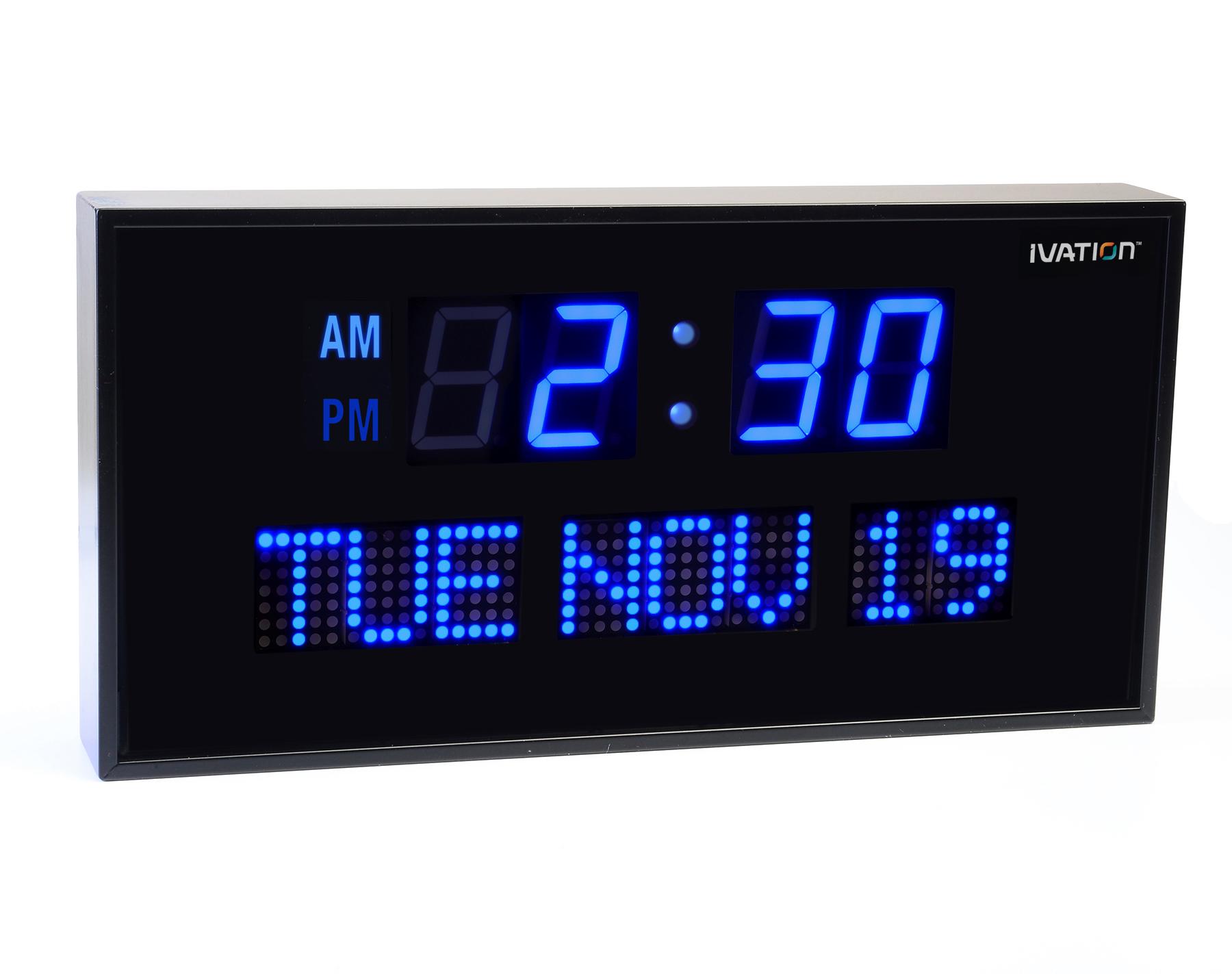

For NTP, we need a buffer of 48 bytes long. We'll also need to allocate memory for a buffer to store the UDP packets. To use UDP, we have to include the WiFiUdp library,Īnd create a UDP object. IPAddress timeServerIP // NTP server addressĬonst char* NTPServerName = "" Ĭonst int NTP_PACKET_SIZE = 48 // NTP time stamp is in the first 48 bytes of the messageīyte NTPBuffer // buffer to hold incoming and outgoing packets WiFiUDP UDP // Create an instance of the WiFiUDP class to send and receive Libraries, constants and globals #include ĮSP8266WiFiMulti wifiMulti // Create an instance of the ESP8266WiFiMulti class, called 'wifiMulti' Getting the time Let's take a look at an example that uses UDP to request the time from a NTP server.

Instead of waiting for a response, we just send multiple requests, with a fixed interval between two requests, and just regularly check if a response has been received. This means that we can't halt the program to wait for a response, because the request or response packet could have been lost on the Internet, and the ESP8266 will enter an infinite loop. There is, however, no guarantee that the messages will arrive at their destination, and there's no way to know whether they arrived or not (without sending an acknowledgement, of course). UDP doesn't use a connection, a client can just send a message to the server directly, and the server can just send a response message back to the client when it has finished processing. Personal weather instruments, home monitoring, digital clocks, commercial clocks, decor wall clocks and alarm clocks. To send a new message, the client has to open a new connection to the server first. After the client has received the response of the server, the connection is closed (except when using WebSockets). The main difference between TCP and UDP is that TCP needs a connection to send messages:įirst a handshake is sent by the client, the server responds, and a connection is established, and the client can send its messages.

There are a couple of differences, but it's really easy to use, thanks to the great libraries that come with the ESP8266 Arduino Core. To do this, the Network Time Protocol (NTP) is used. On the ESP8266, all you need is an Internet connection: you can just ask a time server what time it is.

And when the RTC battery runs out, you have to replace it. Will the time be appropriately updated? Yes, of course.In a normal Arduino project, you would have to get a RTC module, set the right time, sacrifice some Arduino pins for communication. The city I am using a website clock for has Daylight Saving Time rules applied.
INTERNET WEATHER WALL CLOCK CODE
May be blocked at any moment if the code is changed. Other changes, especially removing hyperlinks, are not acceptable. May change the following: color, size, alignment, and highlighting of the text make minor changes to the The clock just may not function properly if youĬhange the code, so we advise you to paste the code “as it is.” However, if you are familiar with HTML, you Round Wall Clock (7) Questions & Answers (1) Hover Image to Zoom share Share print Print 36 81 Take an Extra 10 Off Select Bedroom Furniture & Decor with Promo Code BEDROOM10 Pay 11.81 after 25 OFF your total qualifying purchase upon opening a new card. 12' Indoor/Outdoor Wall Clock with Weather Resistant Temperature/Humidity Dials - Westclox Westclox 39.99 When purchased online 12' Outdoor Wall Clock with Weather Resistant Temperature/Humidity Dials - Westclox Westclox 17.


 0 kommentar(er)
0 kommentar(er)
